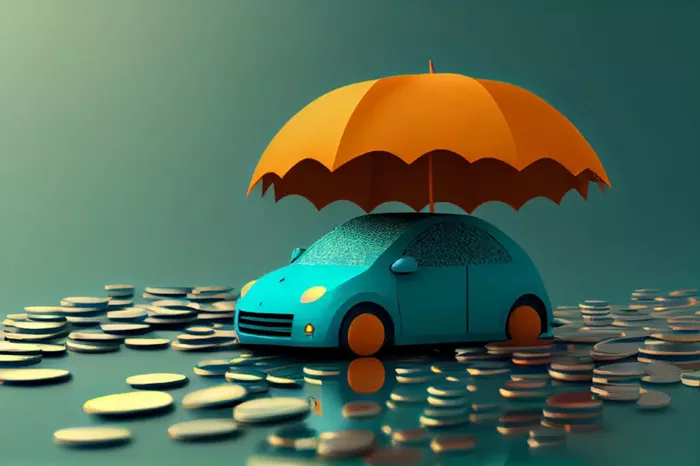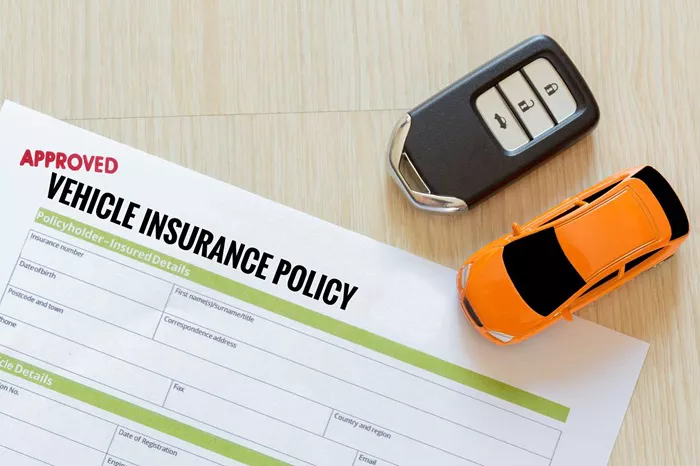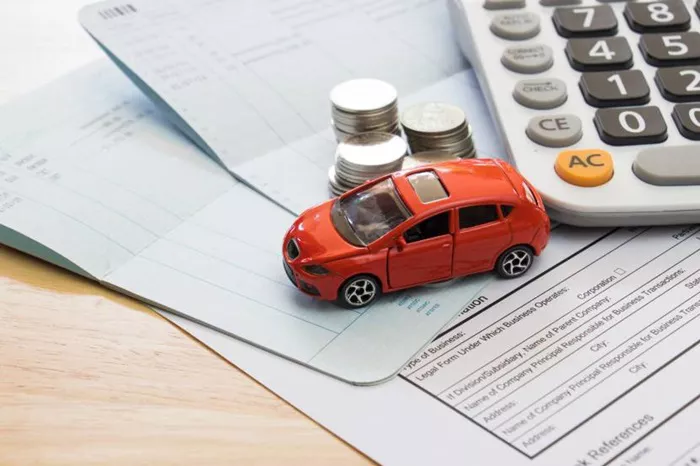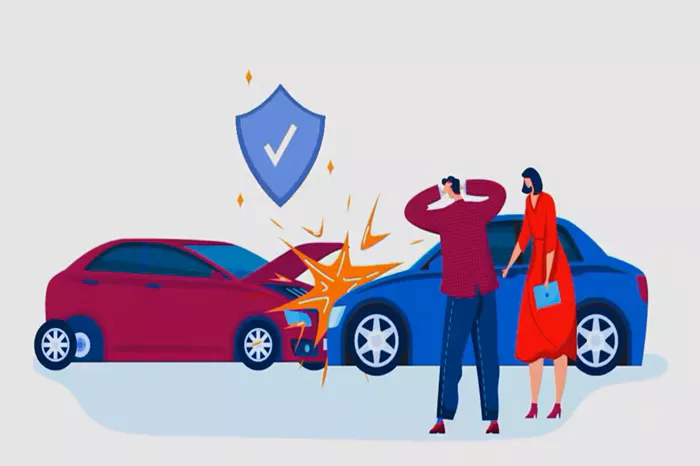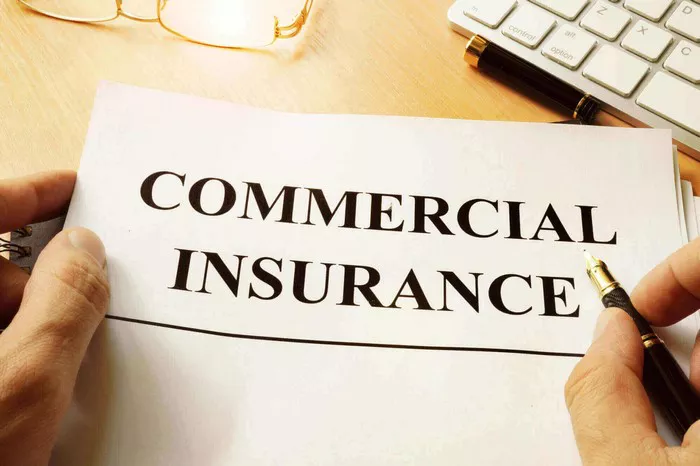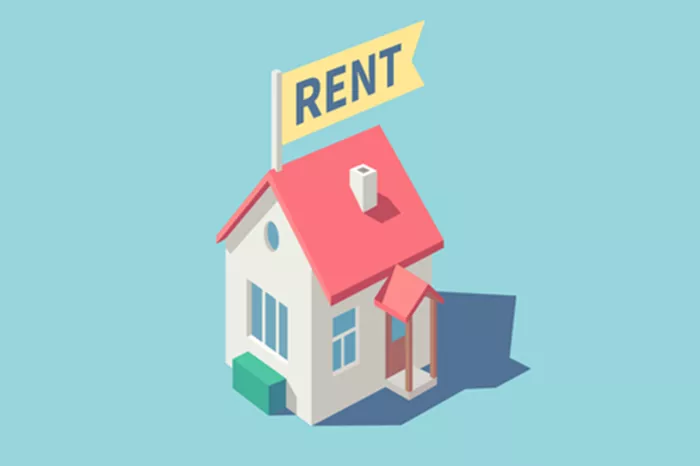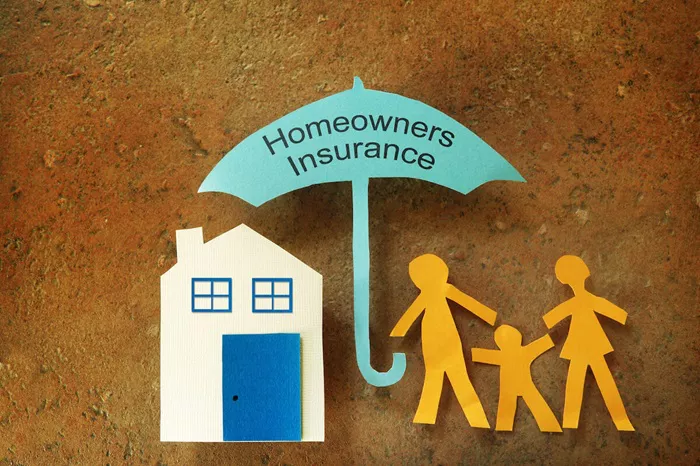When it comes to RV ownership, understanding your insurance policy is essential. RVs are often more than just a mode of transportation—they are second homes, offering a sense of adventure and comfort as you explore new places. With all the excitement and freedom that comes with RVing, it’s easy to overlook the details of your insurance coverage, especially when it comes to damage to specific parts like the awning.
An awning is an important feature of many RVs. It provides shade, shelter, and a space to relax when you stop at a campsite or in a scenic spot. However, awnings are vulnerable to damage from various factors like weather, wear and tear, or accidents. As an RV owner, it’s natural to wonder, “Does my RV insurance cover awning damage?”
In this article, we’ll break down the details surrounding RV insurance and the coverage of awning damage. We’ll explain what you need to know about insurance policies, the types of coverage available, and how to make sure you’re protected in case your awning gets damaged.
What Is RV Insurance?
Before we dive into the specifics of awning damage, let’s take a moment to understand what RV insurance is. Much like car insurance, RV insurance is a policy that provides coverage for various situations, such as accidents, theft, and damage to your vehicle. RV insurance typically covers:
Liability: If you’re at fault in an accident, liability coverage pays for the other driver’s damages or medical expenses.
Collision Coverage: This covers the cost of repairing or replacing your RV if it’s damaged in a collision, regardless of who is at fault.
Comprehensive Coverage: This type of coverage protects against damage from non-collision events, such as vandalism, theft, or natural disasters.
Personal Injury Protection (PIP): This covers medical expenses for you and your passengers if you’re injured in an accident.
Uninsured/Underinsured Motorist Coverage: If you’re in an accident with a driver who doesn’t have enough insurance, this will cover your medical expenses and repairs.
These are the basic types of coverage, but RV insurance policies may also include other provisions or endorsements, depending on the provider and your needs. Now that you know what RV insurance covers in general, let’s focus on the awning and whether it’s included in your policy.
Does RV Insurance Cover Awning Damage?
The short answer is: it depends. Whether or not your RV insurance covers awning damage largely depends on the type of insurance policy you have and the circumstances surrounding the damage. Here’s a closer look at the factors that influence whether your awning will be covered:
1. Comprehensive Coverage
Comprehensive coverage is the key factor in determining whether your awning is covered for damage. This type of insurance protects your RV against non-collision incidents. Common causes of awning damage that might be covered under comprehensive coverage include:
Weather-related events like wind, hail, or storms.
Falling debris like tree branches.
Vandalism or theft where the awning is damaged intentionally.
If you have comprehensive coverage as part of your RV insurance policy, it’s likely that awning damage resulting from these types of events will be covered. However, it’s important to check your specific policy for exclusions.
2. Collision Coverage
While collision coverage primarily focuses on damage from accidents involving other vehicles, there may be instances where an awning could be damaged as part of a collision. If your RV is in an accident and the awning is damaged as a result, collision coverage may help with the repair costs.
For example, if you’re backing up your RV and the awning hits a nearby object or structure, collision coverage may pay for the repairs. However, if the damage is caused by factors outside of a collision, this coverage is unlikely to help.
3. Awning-Specific Coverage
Some RV insurance policies offer specific coverage for items like awnings. This is often referred to as “optional” or “additional” coverage. If your policy includes awning-specific coverage, any damage to your awning, whether from a storm or an accident, could be covered.
In most cases, though, awning-specific coverage is not included in standard RV insurance policies and may need to be added as an endorsement. If you’re concerned about protecting your awning, you should speak with your insurance provider to see if this type of coverage is available and whether it’s worth adding to your policy.
4. Accidental or Intentional Damage
Insurance policies often distinguish between accidental and intentional damage. If your awning is damaged due to an accident, such as a strong gust of wind or hitting a tree branch, it is more likely to be covered under comprehensive coverage or an optional awning endorsement. However, if the damage is caused by negligence (e.g., leaving the awning extended during a storm) or intentional actions, your insurance may not cover the repair costs.
5. Exclusions in Your Policy
Every insurance policy has exclusions, and it’s crucial to review your policy to understand what is and isn’t covered. Some policies may exclude certain types of damage to awnings, particularly if the damage is due to normal wear and tear or improper maintenance. Additionally, certain weather-related events, like hurricanes or flooding, may not be covered unless you have specific coverage for those situations.
It’s important to carefully read your insurance policy’s terms and conditions to understand the exclusions that apply to your coverage. This will help you avoid any surprises if you need to file a claim for awning damage.
How to Protect Your Awning and Prevent Damage
Even if your RV insurance covers awning damage, it’s always better to prevent the damage from occurring in the first place. Here are some tips to help protect your awning:
Retract the awning when not in use: Always roll up your awning when you’re not using it, especially when you’re not around to monitor weather conditions. High winds or rain can cause significant damage to an extended awning.
Check the weather: Before extending your awning, make sure the weather conditions are favorable. Strong winds, heavy rain, or snow can quickly damage an awning, so it’s best to play it safe.
Regular maintenance: Clean and inspect your awning regularly. Look for signs of wear, tears, or rust on the frame, and make necessary repairs before they become bigger issues.
Use an awning protector: Awning protectors are covers or devices that shield your awning from the sun’s UV rays, rain, and debris. These can extend the life of your awning and help prevent damage.
How to File a Claim for Awning Damage
If your awning is damaged and you believe your insurance covers the cost of repairs or replacement, here’s how to file a claim:
Assess the damage: Take clear photos of the damage to the awning. Make a note of how the damage occurred and any relevant details.
Contact your insurance company: Notify your insurer as soon as possible. Provide them with the necessary information and photos to support your claim.
File the claim: Your insurance company will guide you through the claims process. This may include an inspection of the damage and an estimate for repairs.
Follow up: Stay in touch with your insurer to ensure your claim is processed in a timely manner.
If your claim is approved, your insurance company will either cover the repair costs or reimburse you for a replacement awning, depending on your policy.
Conclusion
In conclusion, whether or not RV insurance covers awning damage depends on several factors, including the type of coverage you have, the circumstances of the damage, and any exclusions in your policy. Comprehensive coverage is often the key to protecting your awning, but you may need to add specific awning coverage or endorsements for more comprehensive protection.
To ensure you’re adequately covered, review your policy carefully and speak with your insurance provider about your specific needs. And most importantly, take steps to protect your awning from damage so you can continue enjoying your RV adventures without worry.
If you’re unsure whether your RV insurance covers awning damage or need help understanding your policy, don’t hesitate to reach out to your insurance provider for clarification.
Related Topics:
What Is the Best RV Insurance for Full-Timers?




